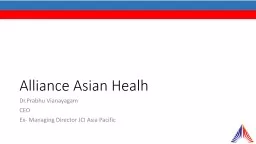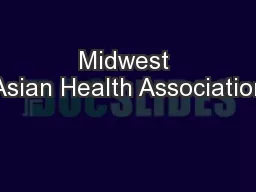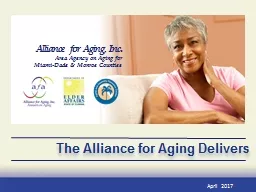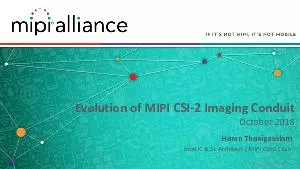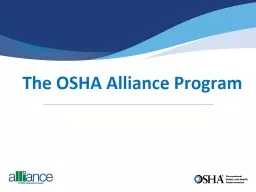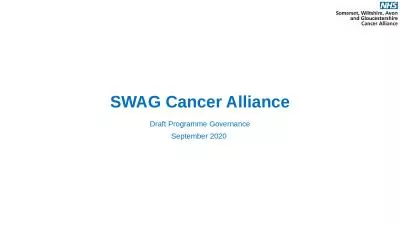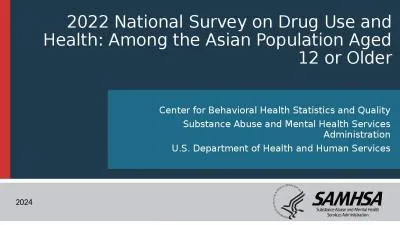PPT-Alliance Asian Health
Author : myesha-ticknor | Published Date : 2019-11-23
Alliance Asian Health DrPrabhu Vianayagam CEO Ex Managing Director JCI Asia Pacific Alliance Asian Health To transform healthcare into High reliability organizations
Presentation Embed Code
Download Presentation
Download Presentation The PPT/PDF document "Alliance Asian Health" is the property of its rightful owner. Permission is granted to download and print the materials on this website for personal, non-commercial use only, and to display it on your personal computer provided you do not modify the materials and that you retain all copyright notices contained in the materials. By downloading content from our website, you accept the terms of this agreement.
Alliance Asian Health: Transcript
Download Rules Of Document
"Alliance Asian Health"The content belongs to its owner. You may download and print it for personal use, without modification, and keep all copyright notices. By downloading, you agree to these terms.
Related Documents

